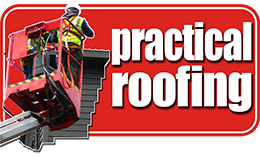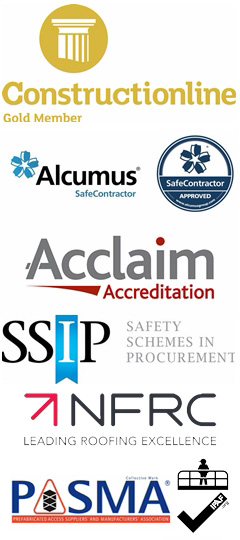









Practical Roofing provide a range of expert sevices to private clients, architects, builders and developers in Sutton Coldfield We do not sub-contract any of our work to other roofing contractors. We specialize in all aspects of traditional roofing, covering any size of contract.
Our Sutton Coldfield based roofers repair, refurbish, restore and re-roof to the highest standards.
We have our own high lift access equipment that allows us to work without scaffold in the majority of cases.
We work closely with West Midlands Planning/Conservation Officers, Architects and Clients to ensure that all work carried out meets the highest standards. Incorporating the best of both old and new to ensure a roof will last for generations to come whilst looking as it would have done originally.


